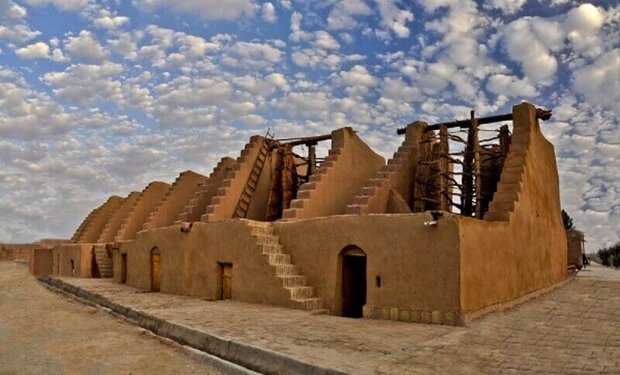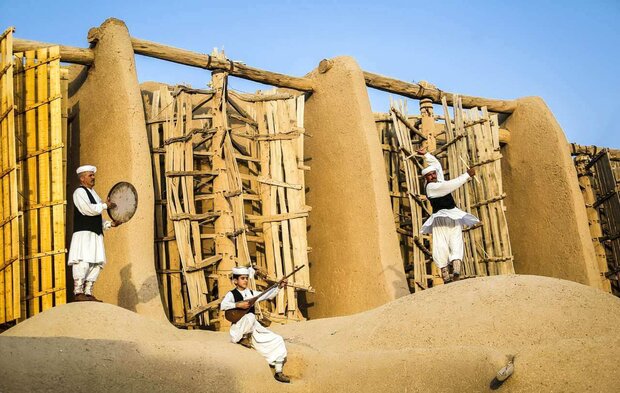Three historical windmills restored for tourism

TEHRAN - Three historical Asbads (windmills) have recently been restored in the khaf county of Khorasan Razavi province to attract travelers.
Three historical windmills have recently been restored in khaf county by private investors, a local tourism official said on Tuesday.
"Debris removal, masonry, thatching, re-installation of millstones, and repair of wheels and wooden blades were the most important restoration measures," Mahmoud Ba'aqideh explained.
Two of the windmills are located in Nashtifan village and the other is situated in the village of Barabad. Moreover, an aging house was renovated in khaf, the official added.

"Up to the moment, 105 historical or natural sites, relics, as well as tangible or intangible cultural heritage elements, which are located or being kept in khaf, have been registered on the national cultural heritage list," Ba'aqideh said.
Iran seeks UNESCO recognition for arrays of its ancient windmills that can be found in the provinces of Sistan-Baluchestan, South Khorasan, and Khorasan Razavi. In 2002 the windmills were recognized as a national heritage site by Iran.
In addition, the Ministry of Cultural Heritage, Tourism, and Handicrafts has almost completed preparations for a chain of ancient vertical-axis windmills for possibly becoming a UNESCO World Heritage.

Iran seeks UNESCO recognition for arrays of its ancient windmills that can be found in the provinces of Sistan-Baluchestan, South Khorasan, and Khorasan Razavi.UNESCO says Asbad is a smart technique to grind grains, a technique which goes back to ancient times when the people living in the eastern parts of Iran, in an attempt to adapt themselves to nature and transform environmental obstacles into opportunities, managed to invent it.
Constructed of clay, wood, and straw, those ancient gears which are inherited from preceding generations, are perched on a cliff overlooking the village, milling grain for centuries.
Technically speaking, unlike European windmills, the Persian design is powered by blades arrayed on a vertical axis in which the energy of wind is translated down without the need for any of the intermediary gears found on the horizontal axis windmills.
Experts believe such primitive yet great machines bear testimony to the human being’s adaption with nature by transforming environmental obstacles into opportunities.
The development of Asbads took place due to strong and continuous 120-day winds, which annually sweeps through the east and southeast of the Iranian Plateau from late May to late September.
According to the Encyclopedia Britannica, the earliest known references to windmills are to a Persian millwright in 644 CE and windmills in Seistan [Sistan], Iran, in 915 CE. In the early second millennium, some Eastern and Western states acquired the technology of making mills from Persia, though the prototype design constantly underwent amendments over time.
AFM

Leave a Comment